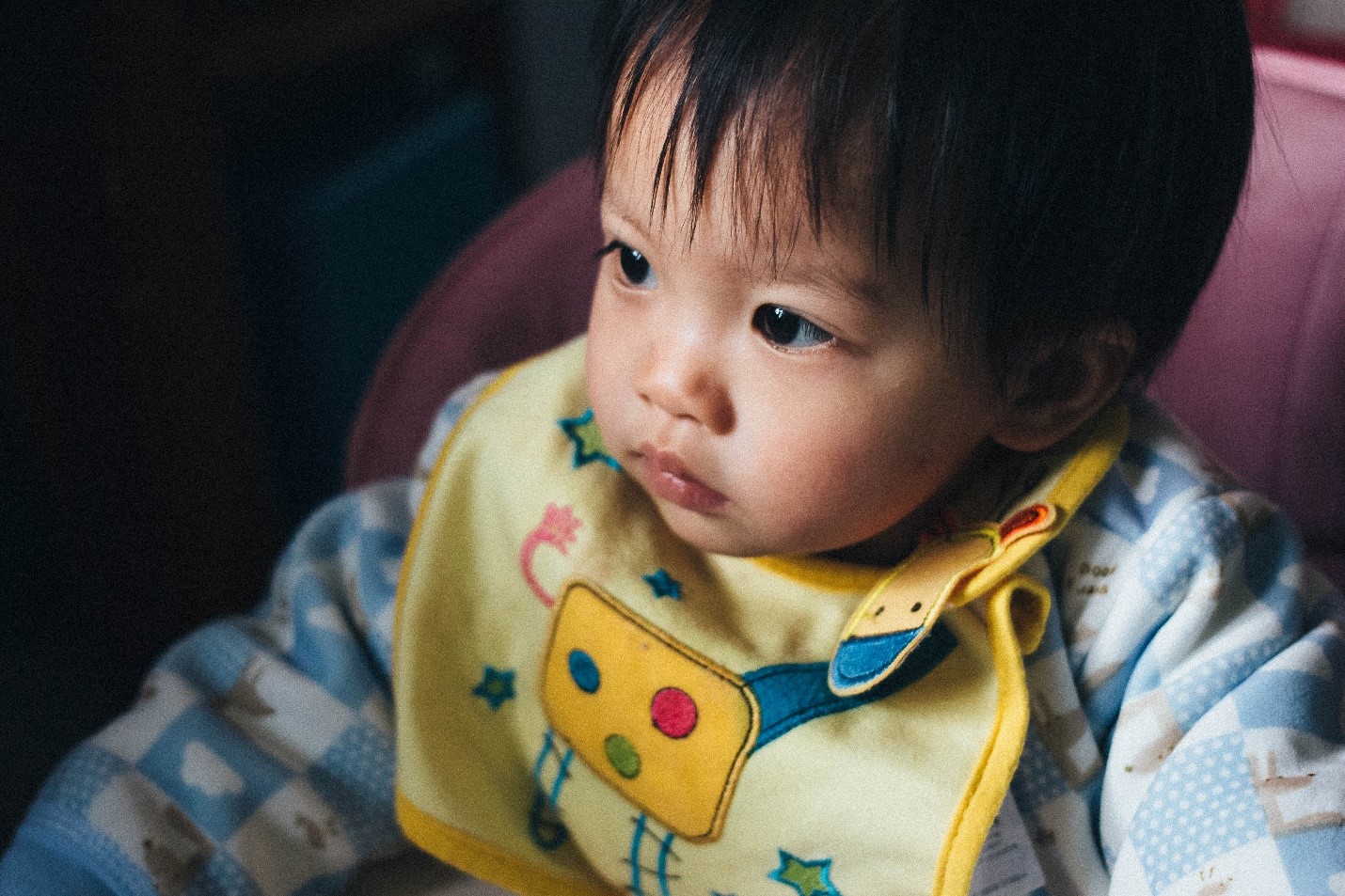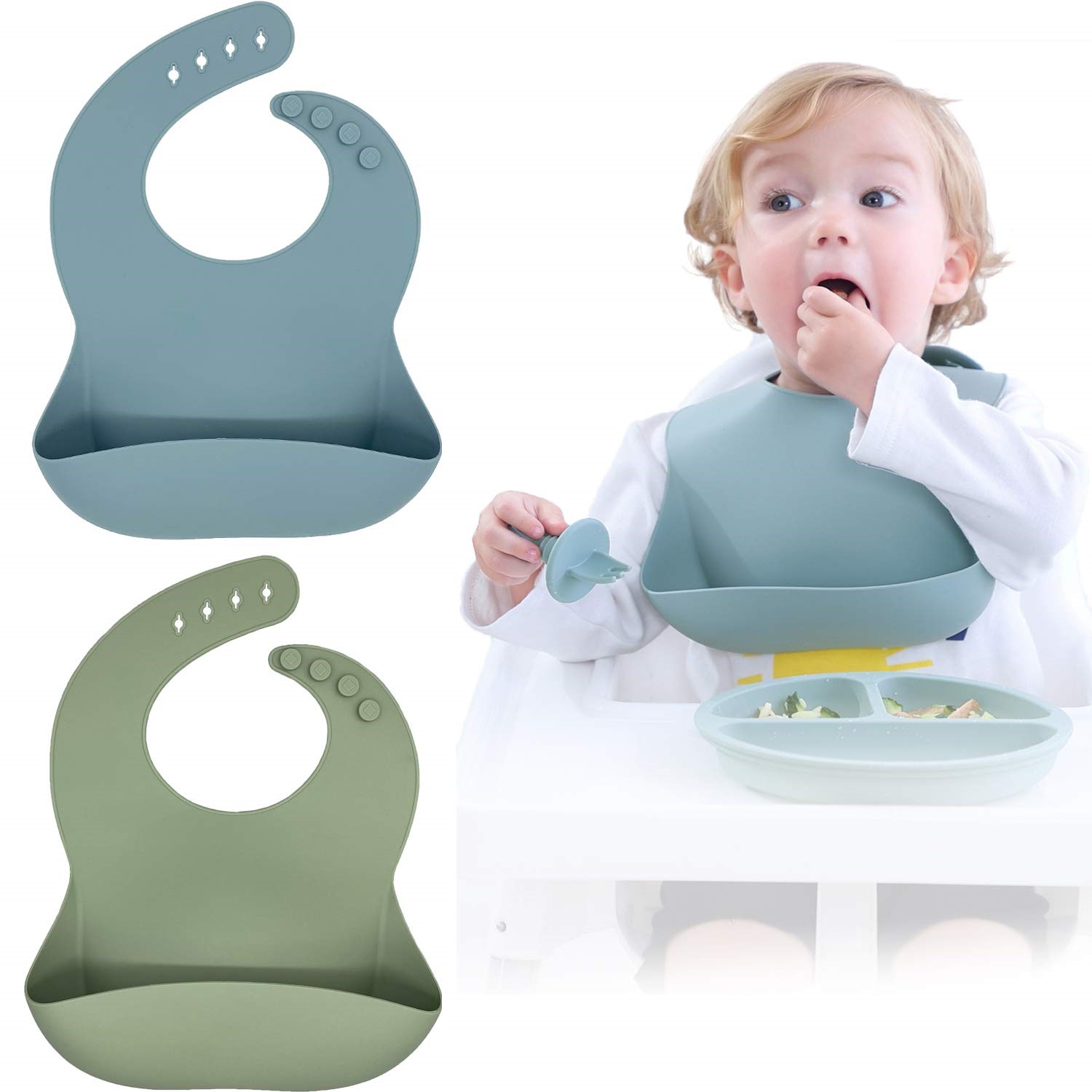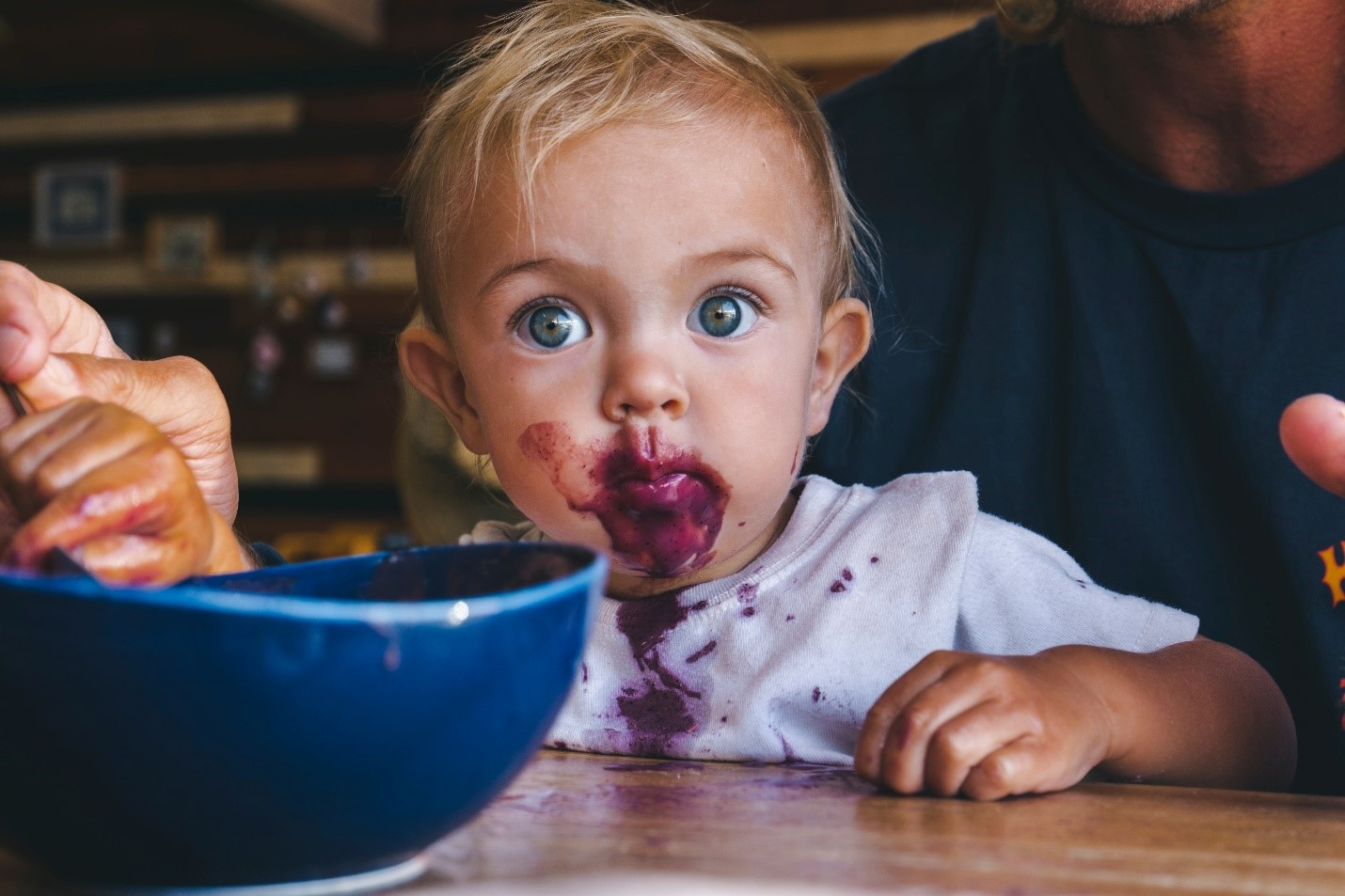Since parents have to constantly make sure babies don’t make too much of a mess, bibs are essential must-haves in a baby’s wardrobe. However, how many bibs should parents get?
You can’t have too few or else your baby will be left free to make a mess. You also can’t have too many because taking care of babies can get pretty expensive, so it’s important to only have enough for what’s needed. Fortunately, there are certain factors that can help guide your decision on how many bibs you would need.
Parents must consider how often they are able to wash the bibs, how much their babies drool, how much their baby eats, and how old their baby is. These are the factors that they must take into consideration to decide how many bibs they need. In the beginning, 10-20 bibs can be a good starting point. Parents can then decide if they would need more from there.
This article will ultimately help parents answer how many bibs they need by discussing the different factors that should be considered.
What are Bibs For?

Although babies can bring immense joy and love to a home, you cannot deny that they can make quite a mess when they eat and when they drool. Taking care of babies takes a lot of work and bibs help make cleaning after them significantly easier.
You’re probably familiar with how bibs look: they’re large pieces of fabric that wrap around a baby’s neck and aim to keep the baby free from mess. However, new parents might be surprised to know that there are different types of bibs. Thus, it is important parents first understand the need for these different types of bibs.
Different Types of Bibs
Bibs can come in a wide variety of shapes and sizes, and they can have different characteristics that make them appropriate for different situations.
-
Drool/Dribble Bibs
Drool or dribble bibs, also known as your traditional baby bibs, are exactly how you imagined baby bibs to look like. They’re typically these crescent-shaped pieces of cloth, usually made of cotton or terry cloth, that’s just perfect for catching your baby’s drool. These types of bibs, as well as most types of bibs, are affixed with two strips of material that can be comfortably tied around the baby’s neck. Without a bib, you run the risk of having your baby’s clothes drenched with drool and dribble.
-
Bandana Bibs
Bandana bibs function as a general baby bib. However, the primary characteristic that makes bandana bibs stand out is that they are triangular in shape instead of a crescent. As the name suggests, this type of bib looks like a bandana neck accessory – making it quite the fashionable option. This makes bandana bibs an excellent choice when bringing the baby out and about.
-
Feeding Bibs

Feeding bibs are specifically designed to help keep your baby clean during feeding time – as well as keep your kitchen floors clean. Design-wise, a feeding bib looks like a traditional bib. However, a feeding bib characteristically has a bottom lip or pocket designed to catch debris.
Another major difference feeding bibs have compared to traditional bibs is that feeding bibs are typically made of materials that can be easily cleaned such as plastic, rubber, or silicone.
-
Smock Bibs
There are some clothes that are just more difficult to clean than others. When your baby is wearing nice clothes, parents might want to consider making them wear a smock bib (also known as a long-sleeved bib). These are bibs that offer significantly more coverage as they practically function as an additional layer of clothing. Like feeding bibs, smock bibs are typically made of materials that can be easily cleaned which means it might be easier to find one made of plastic instead of cotton. Some smock bibs can also be found with a bottom pocket, like the ones on feeding bibs as well.
-
Disposable Bibs
Lastly, there are types of bibs that can be immediately disposed of after use. While disposable bibs may not be the most economical of choices, they are undoubtedly convenient. They are especially helpful for situations where you don’t want to deal with dirty bibs such as vacations, events, and such.
How Many Bibs Do I Need?
Now for the important question: how many bibs would you need? Every household is different and to answer this question, you’d need to consider the following factors to determine the right number of bibs for your baby.
-
Laundry Frequency
Understandably, one of the primary factors you’d need to consider is how often you would be doing the laundry – or rather, how often you would be cleaning up bibs. Logically, you’d need enough bibs to last you an entire cycle of laundry. This means that if you do the laundry once a week, then you should have enough bibs to last an entire week. For households that are capable of doing the laundry more than once a week, they would be able to survive with fewer bibs.
This may seem like a simple factor, but it’s an important one to consider. Do you have a washer/dryer in your home? Households with washers can practically work with even fewer bibs if they can just happen to throw in dirty bibs all the time.
Many parents have suggested that you should stock up to a total of 40 different bibs if you are only able to do the laundry once a week. This number should be more than enough for a heavy drooler. However, you should also consider how much your baby drools because 40 might be too many for some babies.
-
Drool Capacity
Another important factor is how much your baby drools in the first place. Unfortunately, this is a factor that you have to observe by yourself. Some parents ask experts at what age do babies drool a lot, and the answer really isn’t dependent on the baby’s age. Some babies just drool and dribble more than others. Some babies only drool when burping while some babies don’t. Some babies won’t even be much of a drooling problem until they begin to teethe.
Even if babies are not heavy droolers, a bib is still a good item to have during feeding and burping times as it is an easy way to clean accidental smears and smudges.
-
Feeding

Just like how adults can use bibs during meals, babies can definitely use bibs when they eat as this is often the time period in which they drool the most. This means that you can use the number of feeding times as a factor as you decide how many bibs you should get. This is easier to do when you’ve observed your baby’s eating habits.
You should also take a moment to see if your baby is a messy eater or not. If your baby is not a messy eater, then you can possibly reuse a single bib for multiple meals. However, babies who cannot keep themselves clean during meals will surely need a new bib for every single meal.
-
Age
Age is something that you might inherently have to consider. This is strictly because younger infants are taken care of differently compared to older infants. For example, newborns and babies less than 6 months old might need drool bibs more than feeding bibs. When dealing with babies around this age, parents would focus more on the drool, dribble, and spit-up. Around 10-20 of these traditional bibs would suffice as a starting point.
However, when your child begins to eat solid food beyond 6 months of age, then that’s the time you consider getting feeding bibs that will help catch debris and keep themselves clean from the food.
Beyond a year old to a year and a half, babies are likely to stop using bibs altogether.